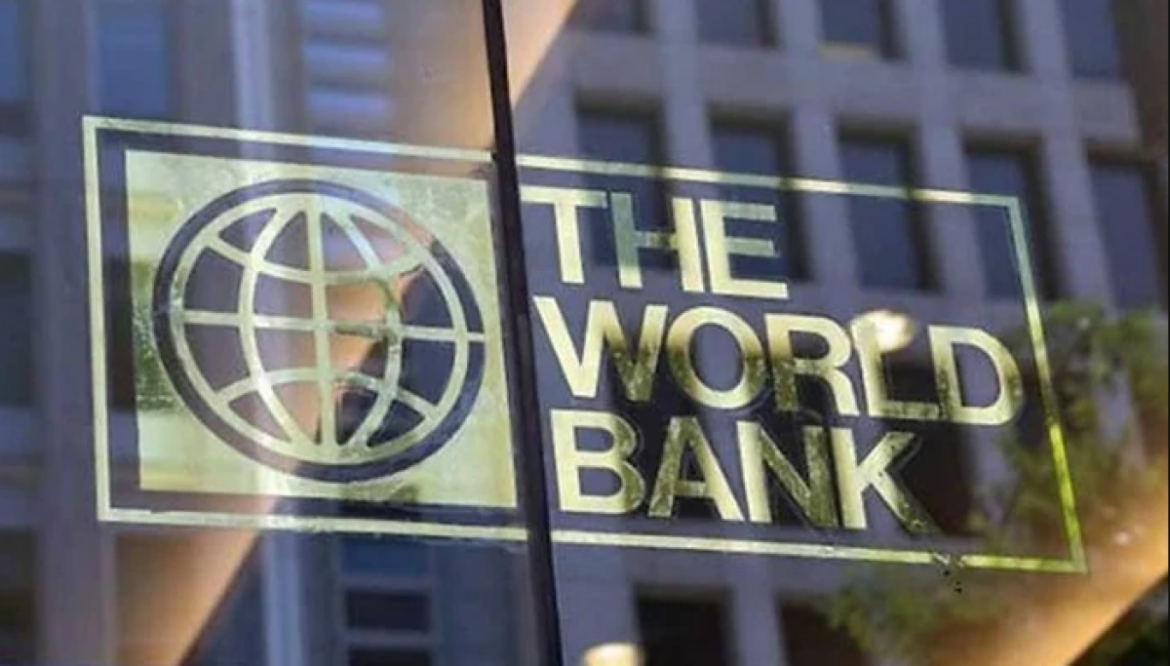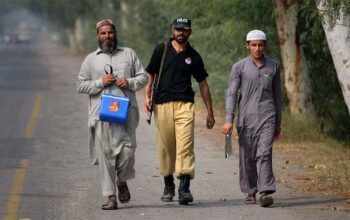By Staff Reporter
KARACHI: Pakistan’s economy is expected to grow by 2 percent in the next fiscal year, well below the government’s target of 3.5 percent, as the country struggles with the lasting effects of last year’s floods, high inflation and policy uncertainty, the World Bank said on Tuesday.
The bank’s latest Global Economic Prospects report said Pakistan’s industrial production contracted by about 25 percent in the year to March 2023, due to the floods that left one-third of the country under water and caused damage estimated at 4.8 percent of GDP.
“In Pakistan, the lasting effects of the August 2022 floods, along with policy uncertainty and limited foreign exchange resources to pay for imports of food, energy, and intermediate inputs, have depressed activity, with industrial production contracting by about 25 percent in the year to March 2023.”
The report also said Pakistan’s foreign exchange reserves and remittances have dwindled, forcing the government to increase exchange rate flexibility and allow the rupee to depreciate by 20 percent since the start of the year.
This has pushed up headline consumer price inflation to 38 percent in the year to May, its highest level since records began in the late 1970s.
“With dwindling foreign exchange reserves and stagnant remittances, the government has increased exchange rate flexibility, allowing the Pakistani rupee to depreciate by 20 percent since the start of the year,” the report said. “Consequently, headline consumer price inflation has risen sharply, reaching 38 percent in the year to May, its highest level since records began in the late 1970s.”
The World Bank said consumer price inflation remains above target in most economies in South Asia and is particularly high in Pakistan and Sri Lanka.
It also noted that policy rate increases in Pakistan have not kept pace with expected inflation, resulting in deeply negative real interest rates. This suggests the World Bank wants Pakistan’s central bank to further raise policy rates from an existing peak of 21 percent.
The report said poverty has recently been increasing in countries facing severe economic pressures, notably Afghanistan, Pakistan and Sri Lanka, but it is expected that the region will resume its downward trend that was interrupted in 2020-21.
However, the decline will not be as quick as previously expected, given the impacts of high inflation, slow recovery in employment, and withdrawal of pandemic-related food support.
The World Bank said the continuing effect of last year’s floods in Pakistan, compounded by worsening social tensions, high inflation, and policy uncertainty, is estimated to have limited growth to 0.4 percent this fiscal year, a 1.6 percentage-point downward revision from January. The government has, meanwhile, put the current year’s GDP growth rate at 0.3 percent.
“Agriculture output seems likely to have contracted for the first time in two decades. Economic recovery in the next two fiscal years is expected to be anaemic, with the growth of 2 percent and 3 percent, respectively, as there is limited fiscal room for the government to support recovery from flood-related damages,” the bank said in the report.
The bank said import restrictions imposed by several economies, including Pakistan, have been relaxed as external imbalances have improved and exchange rate pressures have eased.
Food export bans, however, are expected to remain in place in Bangladesh, India and Pakistan through this year despite falling global prices.
The report forecast growth in South Asia to slow marginally in 2023, to 5.9 percent, and more significantly in 2024, to 5.1 percent.
It said India’s unexpected resilience in private consumption and investment, and robust growth in the services sector, underlie an upward revision to growth in 2023.
But it also said some economies in South Asia have suffered significant domestic shocks, and deep crises are continuing to undermine growth, particularly in Afghanistan, Pakistan and Sri Lanka.
Copyright © 2021 Independent Pakistan | All rights reserved




